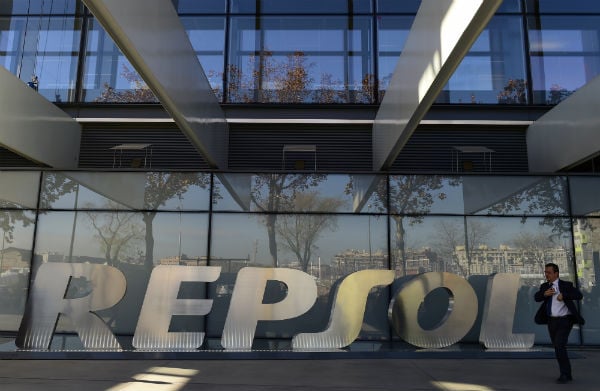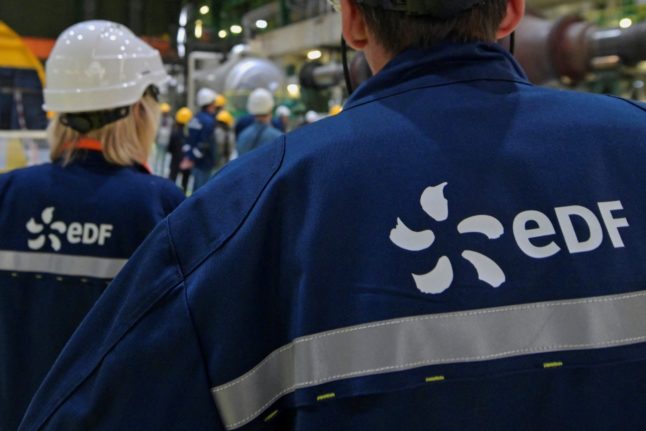The discovery, made with its US partner Armstrong Energy, is Repsol's biggest since a gas find in Venezuela in 2009, a spokesman said.
The discovery is “the largest US onshore conventional hydrocarbons discovery in 30 years”, Repsol said in a statement.
The petroleum found near the village of Nuiqsut in Alaska's north “could amount to approximately 1.2 billion barrels” of oil, it added.
Repsol has been actively exploring Alaska since 2008. The find was made in two wells in a region where Repsol has made other discoveries with Armstrong since 2011.
The Spanish firm holds a 25 percent interest in the discovery, with Armstrong holding the rest.
“The successive campaigns in the area have added significant new potential to what was previously viewed as a mature basin,” Repsol said.
The company expects to begin production in the area in 2021, with a potential rate of around 120,000 barrels of oil per day.
To put that into perspective, Repsol produced 690,000 barrels of oil per day in 2016, a 23 percent increase over the previous year.
The discovery could also mean a big jump in production for Alaska, helping stem a nearly three-decade decline in its oil output.
The state's oil production has dropped 68 percent since hitting a peak of two million barrels per day in 1988, according to the Alaska Oil and Gas Association. It currently produces about 600,000 barrels per day.
The Trans-Alaska Pipeline, which transports crude from Prudhoe Bay and other North Slope fields to the southern shores of Valdez, now operates at roughly one-quarter capacity.
The petroleum industry supports one-third of all of Alaska's employment, generating 110,000 jobs throughout the state, which derives around 90 percent of its revenue from the oil and gas sector.
Repsol, together with Italy's ENI, in 2009 discovered the largest offshore gas field in Latin America, the giant Perla field off Venezuela which holds 17 trillion cubic feet of gas.
The company swung back into the black last year, posting a net profit of €1.7 billion ($1.8 billion), boosted by higher oil and gas production as well as a rise in crude prices. It recorded a loss of €1.2 billion in 2015.
Repsol in October 2015 unveiled an ambitious cost-cutting programme which involves slashing billions from capital spending by 2020 and cutting 1,500 jobs out of 25,000 worldwide by 2018.



 Please whitelist us to continue reading.
Please whitelist us to continue reading.